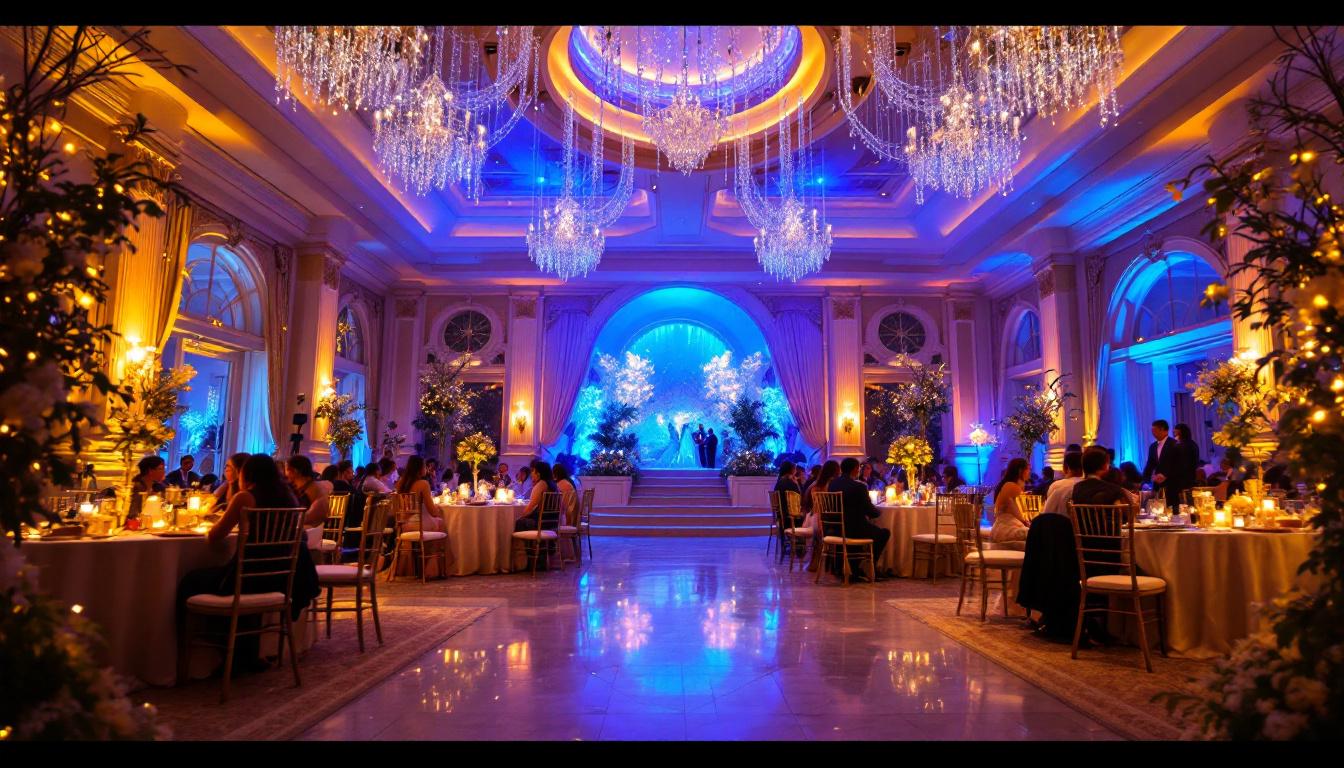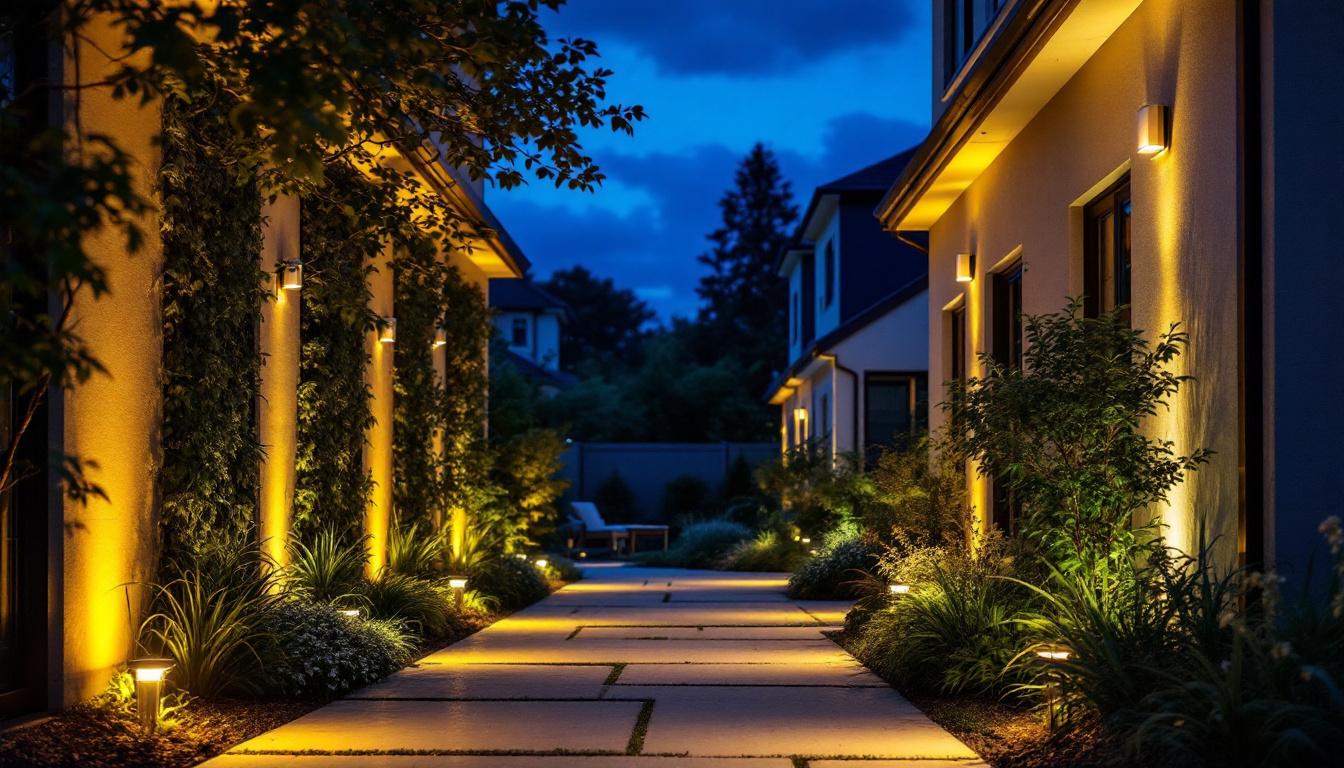
indoor hanging lanterns have become an increasingly popular choice for both residential and commercial spaces. Their unique aesthetic appeal, combined with the versatility they offer, makes them a favored option among homeowners and designers alike. For lighting contractors, understanding the nuances of these fixtures is essential for successful installations and client satisfaction. This article delves into the various aspects of indoor hanging lanterns, providing valuable insights and practical advice for lighting contractors.
Before diving into installation techniques and design considerations, it’s crucial for lighting contractors to grasp what indoor hanging lanterns are and how they differ from other lighting fixtures. These lanterns are typically suspended from the ceiling, offering ambient lighting while also serving as decorative elements in a room. Their unique ability to blend functionality with aesthetic appeal makes them a popular choice in various interior designs, from cozy homes to chic restaurants.
Indoor hanging lanterns come in various styles and designs, each suited for different settings and preferences. Some popular types include:
In addition to these styles, there are also eclectic and bohemian lanterns that incorporate vibrant colors and intricate patterns, making them perfect for creative spaces. Furthermore, lanterns can vary in size from small pendant lights that create intimate settings to large statement pieces that serve as focal points in expansive rooms. The choice of style not only affects the ambiance but also reflects the personality of the space and its inhabitants.
The materials used in indoor hanging lanterns significantly influence their durability, maintenance, and overall appearance. Common materials include:
Moreover, the choice of material can also impact the light quality emitted by the lantern. For instance, frosted glass can soften the light, creating a more inviting atmosphere, while clear glass can produce a brighter, more focused illumination. Additionally, some lanterns incorporate innovative materials such as acrylic or eco-friendly composites, appealing to environmentally conscious consumers. Understanding these material nuances helps contractors recommend the best options tailored to their clients’ needs and preferences.
When it comes to incorporating indoor hanging lanterns into a space, design plays a pivotal role. Lighting contractors must consider various factors to ensure that the lanterns complement the overall aesthetic of the room.
One of the most critical aspects of design is the scale and proportion of the lantern in relation to the surrounding space. A large, ornate lantern can serve as a stunning focal point in a grand entryway, while smaller lanterns may be more appropriate for intimate dining areas. Contractors should assess the height of the ceiling and the dimensions of the room to determine the appropriate size of the lantern.
Placement is equally important. Hanging lanterns should be positioned at a height that allows for adequate illumination without obstructing views or creating hazards. In dining areas, for instance, a lantern should hang approximately 30 to 36 inches above the table to provide optimal lighting while maintaining an inviting atmosphere.
Additionally, consider the arrangement of multiple lanterns in a space. Grouping lanterns at varying heights can create visual interest and depth, enhancing the overall ambiance. This technique not only draws the eye upward, making the space feel larger, but also allows for the play of light and shadow, which can transform the mood of the room. For example, a cluster of lanterns in a living room can provide a cozy, intimate setting, while a single, larger lantern can make a bold statement in a hallway.
Moreover, the materials and finishes of the lanterns should be carefully selected to harmonize with other design elements in the room. A rustic wooden lantern may beautifully complement a farmhouse-style kitchen, while sleek metal designs can enhance a modern aesthetic. The color of the lanterns can also influence the overall feel; warm tones can create a welcoming atmosphere, while cooler hues can lend a more contemporary vibe. By thoughtfully considering these details, contractors can ensure that the lanterns not only illuminate the space but also enhance its character and style.
Proper installation is crucial for the safety and functionality of indoor hanging lanterns. Lighting contractors must be aware of the technical aspects involved in the installation process.
Before installation, it is essential to ensure that the electrical wiring is up to code and capable of supporting the weight and electrical load of the lantern. Contractors should verify that the ceiling junction box is securely mounted and rated for the fixture’s weight.
Safety should always be a priority. Use appropriate hardware to secure the lantern and ensure that all electrical connections are made correctly. This not only prevents potential hazards but also extends the lifespan of the fixture.
Many indoor hanging lanterns come with adjustable cords or chains, allowing for flexibility in height. Contractors should provide clients with options for height adjustments based on their preferences and the specific requirements of the space. This adaptability can enhance the functionality of the lantern while ensuring that it fits seamlessly into the room’s design.
As sustainability becomes increasingly important, lighting contractors should consider energy-efficient options when recommending indoor hanging lanterns to clients. The choice of bulbs and fixtures can significantly impact energy consumption.
LED bulbs are a popular choice for indoor hanging lanterns due to their energy efficiency and long lifespan. They consume significantly less energy than traditional incandescent bulbs and produce less heat, making them a safer option. Furthermore, LED technology has advanced to offer a wide range of color temperatures, allowing for customization of the lighting ambiance.
Contractors should educate clients on the benefits of LED options, including potential cost savings on energy bills and reduced environmental impact. In addition, many modern lanterns are designed to accommodate LED bulbs, ensuring compatibility and ease of use.
Another trend in lighting is the integration of smart technology. Many indoor hanging lanterns can now be paired with smart home systems, allowing users to control lighting through mobile apps or voice commands. This feature not only enhances convenience but also allows for greater customization of lighting settings.
Contractors should stay informed about the latest smart lighting technologies and be prepared to offer clients recommendations on compatible products. This knowledge can set contractors apart in a competitive market.
Dust and grime can accumulate on hanging lanterns, affecting their appearance and light output. Contractors should recommend regular cleaning schedules to keep the fixtures looking their best. For glass lanterns, a soft cloth and mild cleaning solution can effectively remove dirt without scratching the surface. Metal fixtures may require specific cleaners to avoid tarnishing or damaging the finish.
Additionally, contractors should advise clients to periodically check for any signs of wear or damage, such as frayed cords or loose connections. Addressing these issues promptly can prevent more significant problems down the line.
As with any lighting fixture, bulbs will eventually need to be replaced. Contractors should educate clients on how to safely replace bulbs in hanging lanterns, emphasizing the importance of turning off the power before performing any maintenance. Providing information on the types of bulbs compatible with the lantern can also streamline the replacement process.
Staying updated on current trends in indoor hanging lanterns can help lighting contractors provide clients with the latest options and styles. Understanding these trends allows contractors to tailor their recommendations to meet client preferences and market demands.
As sustainability continues to influence design choices, many manufacturers are creating eco-friendly indoor hanging lanterns. These designs often utilize recycled materials or sustainable production methods, appealing to environmentally conscious consumers. Contractors can position themselves as knowledgeable experts by offering clients eco-friendly options.
Another trend gaining traction is the use of mixed materials in lantern designs. Combining elements such as wood, metal, and glass creates unique and visually striking fixtures that can enhance a variety of interior styles. Contractors should be prepared to showcase these innovative designs to clients looking for something distinctive.
Indoor hanging lanterns offer a blend of functionality and aesthetic appeal, making them a valuable addition to any space. For lighting contractors, understanding the various types, installation techniques, and design considerations associated with these fixtures is essential for ensuring client satisfaction and successful projects.
By staying informed about trends and advancements in lighting technology, contractors can provide clients with innovative solutions that meet their needs and preferences. Whether it’s recommending energy-efficient options or incorporating smart technology, the ability to offer tailored advice will set contractors apart in a competitive industry.
Ultimately, indoor hanging lanterns represent not just a source of light, but a means of enhancing the beauty and ambiance of a space. By mastering the art of working with these fixtures, lighting contractors can elevate their services and contribute to the creation of stunning interiors.
Ready to take your lighting projects to the next level? At LumenWholesale, we provide lighting contractors with an exceptional range of high-quality, specification-grade indoor hanging lanterns at unbeatable wholesale prices. Say goodbye to local distributor markups and hello to premium lighting that meets the highest industry standards. With our hassle-free bulk buying and free shipping, you can trust that you’re getting the best value without any hidden fees. Elevate your lighting solutions today and discover wholesale lighting at the best value with LumenWholesale.

Discover how ultra-thin flat panel LED lights are revolutionizing the lighting industry and giving contractors a competitive edge.

Discover the art of illuminating wedding venues with our comprehensive guide tailored for lighting contractors.

Illuminate your projects with precision using expert advice tailored for lighting contractors.

Discover why purchasing island lights in bulk from local distributors might not be the best choice.